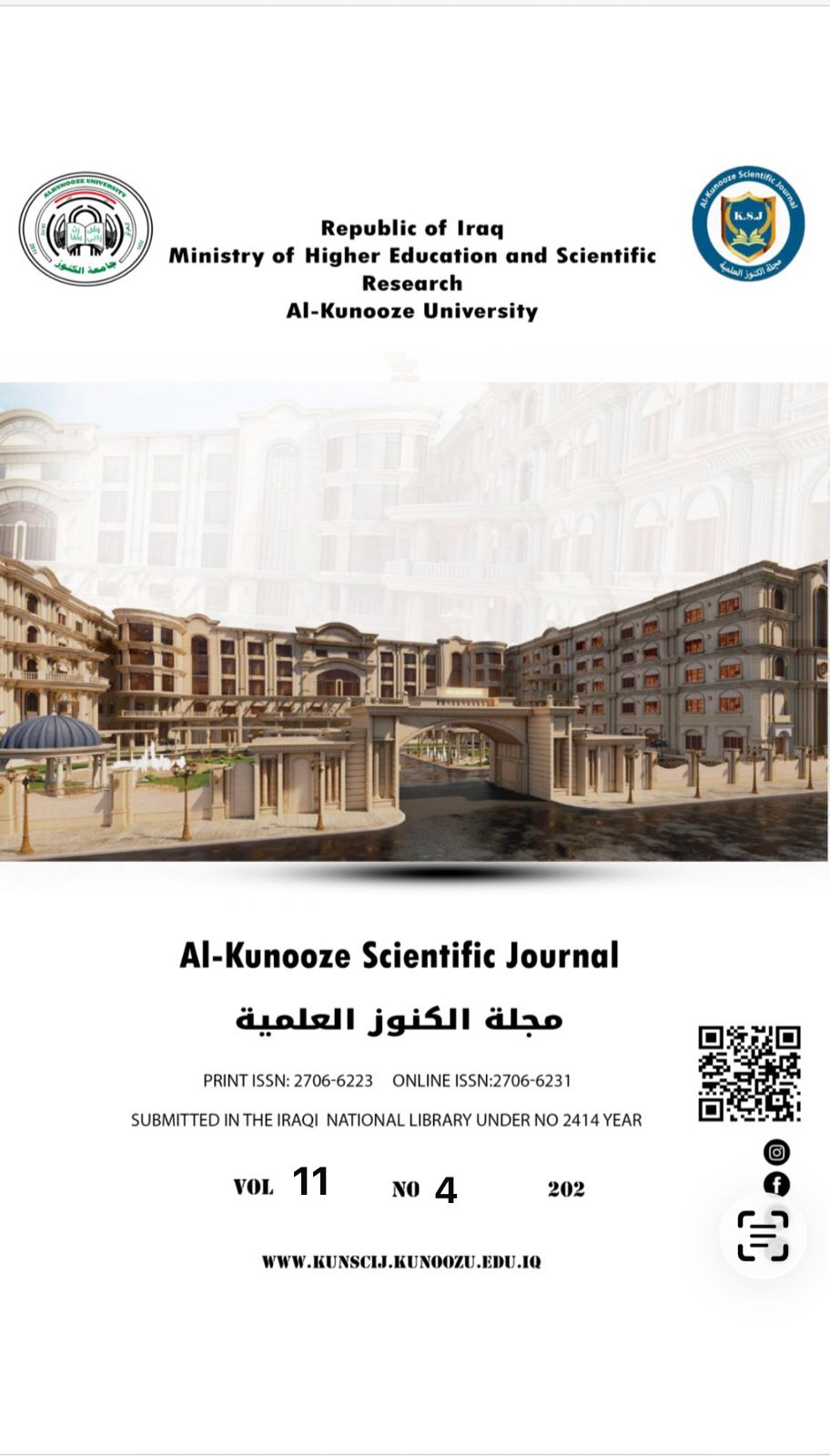Abstract
Gestational diabetes mellitus (GDM), a prevalent illness, describes maternal glucose intolerance that is first discovered during pregnancy. There are multiple risk factors linked to the development of GDM. Aim of study: to evaluate which risk factors are most common for the development of GDM in Thi-Qar\'s reproductive-age women, and to predict which risk factors have the worst outcomes for both the mother and fetus. Methodology: A cross-sectional observational study was conducted on 1504 reproductive-age married women attending an Endocrine Center. All patients’ data were collected from direct interviewees and the use of digital records of the tertiary center, which used an internal network system and the Microsoft Access program. Demographic characteristics and Clinical history of GDM, history of macrosomia, and family history of diabetes were documented. Results: The mean age of participant was 33 ±8 years old, their mean weight was 76 ±15 kg, their BMI was 30.8±5.7 (Kg/m2), and their waist circumference was 94.5±12.5 centimeters. BMI, first-degree relatives with diabetes, chronic hypertension, macrosomia, polycystic ovary syndrome, and lipid disorder were significantly higher among women with GDM rather than those without (p-value = 0.004, 0.001, 0.001, 0.001, 0.001, 0.001, respectively). Conclusion: Family history of DM, obesity, macrosomia, PCOS, hypertension, lipid disorder, multiparity, and number of stillbirths are measured as dependent risk factors for the prediction of GDM and DM complications. Heart disease, kidney disease, congenital anomalies, and physical inactivity were insignificant associations with the incidence of GDM in this study. GDM is considered another risk factor for the prediction of chronic DM and later complications.
Keywords
: Gestational
Diabetes mellitus
Predominant Risk.
Reproductive
Women
Abstract
Gestational diabetes mellitus (GDM), a prevalent illness, describes maternal glucose intolerance that is first discovered during pregnancy. There are multiple risk factors linked to the development of GDM. Aim of study: to evaluate which risk factors are most common for the development of GDM in Thi-Qar\'s reproductive-age women, and to predict which risk factors have the worst outcomes for both the mother and fetus. Methodology: A cross-sectional observational study was conducted on 1504 reproductive-age married women attending an Endocrine Center. All patients’ data were collected from direct interviewees and the use of digital records of the tertiary center, which used an internal network system and the Microsoft Access program. Demographic characteristics and Clinical history of GDM, history of macrosomia, and family history of diabetes were documented. Results: The mean age of participant was 33 ±8 years old, their mean weight was 76 ±15 kg, their BMI was 30.8±5.7 (Kg/m2), and their waist circumference was 94.5±12.5 centimeters. BMI, first-degree relatives with diabetes, chronic hypertension, macrosomia, polycystic ovary syndrome, and lipid disorder were significantly higher among women with GDM rather than those without (p-value = 0.004, 0.001, 0.001, 0.001, 0.001, 0.001, respectively). Conclusion: Family history of DM, obesity, macrosomia, PCOS, hypertension, lipid disorder, multiparity, and number of stillbirths are measured as dependent risk factors for the prediction of GDM and DM complications. Heart disease, kidney disease, congenital anomalies, and physical inactivity were insignificant associations with the incidence of GDM in this study. GDM is considered another risk factor for the prediction of chronic DM and later complications.
Keywords
: Gestational
Diabetes mellitus
Predominant Risk.
Reproductive
Women
